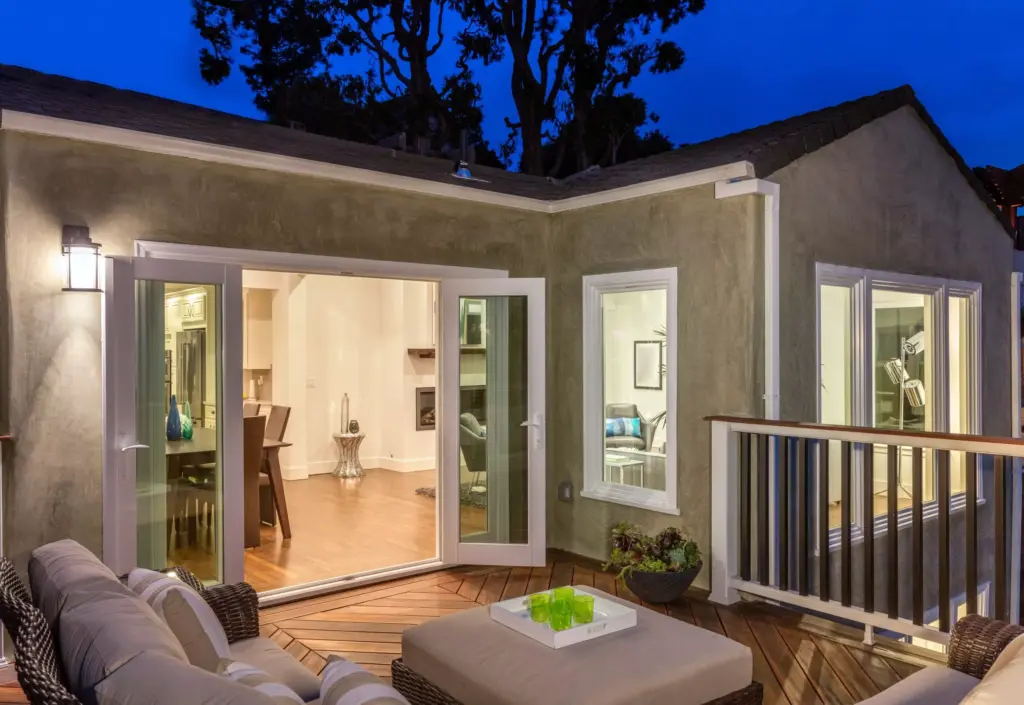In the realm of home improvement and interior design, one often overlooked space brims with untapped potential: the garage. Traditionally relegated to vehicular storage or cluttered with forgotten items, this area holds the promise of transformation into an efficient and functional living space.
With a dash of creativity and thoughtful planning, it is possible to convert these forsaken areas into well-appointed rooms that not only add value to homes but also provide additional comfort or functionality.
The trend towards utilising every nook and cranny of residential spaces has seen remarkable innovations in kitchen design trends, including re-purposing garages into home offices or guest suites. The seamless integration of practicality with aesthetics provides a unique opportunity for homeowners to express individual style while catering to modern needs.
Whether driven by necessity for additional work from home space, desire for a private retreat for guests, or simply wanting more usable square footage; garage conversions are proving their worth as a viable option in contemporary housing designs.
Key Takeaways
– Garage conversions have untapped potential for transforming unused space into a living area, adding value and comfort to homes.
– Strategic planning and design are essential for factors such as natural lighting, noise control, ergonomic furniture, storage solutions, and technology integration.
– Biophilic design improves mental well-being and productivity, with desks ideally positioned near windows while being mindful of glare on computer screens.
– Garage conversions can be transformed into home offices or guest suites, providing privacy, comfort, and personalized experiences akin to boutique hotels.
Transforming the Extra Room into a Home Office
Transforming the extra room into a home office can be likened to creating a sanctuary of productivity, offering an environment conducive for focus and efficiency.
This conversion is not merely about placing a desk and chair in an empty space; it involves strategic planning and design that optimizes the area’s potential.
The consideration of factors such as natural lighting, noise control, ergonomic furniture, storage solutions, and technology integration are crucial elements in designing this workspace.
Furthermore, recent trends suggest the use of biophilic design – incorporating nature into one’s workspace through plant life or views outdoors – which has been shown to improve mental well-being and productivity.
The practical application of these principles requires careful thought into the spatial layout.
For instance, positioning the desk near windows may maximize natural light but consider glare on computer screens during specific hours.
Soundproofing may also be necessary if external noises might disrupt concentration.
Investing in ergonomically designed furniture such as adjustable chairs and desks will enhance comfort during prolonged periods of work while reducing potential health risks associated with sedentary behaviors.
Adequate storage systems are essential for maintaining an organized workspace free from clutter that could otherwise hinder work efficiency.
Creating this productive haven extends beyond physical considerations; fostering a sense of belonging within this space is equally important.
Decorate with personal items or artwork that reflect individual tastes to imbue character into what could otherwise feel like a sterile working environment.
A personalized office does more than just provide functional benefits; it creates an emotional connection to the space thus promoting motivation and job satisfaction over time.
Such careful attention to detail ensures that this converted garage becomes more than just an office – it transforms into a special place where creativity thrives amidst comfort and tranquility.
Revamping the Area into a Guest Suite
Envisioning the underutilized area as a guest suite introduces an innovative approach to maximizing home space, providing comfortable accommodation for visitors. This transformation not only optimizes the use of redundant areas but also embodies an inviting atmosphere that silently communicates a warm welcome to guests.
The essence of this design lies in its ability to provide privacy and comfort akin to that offered by boutique hotels, without leaving the confines of one’s home.
To achieve this level of sophistication, several elements must be taken into consideration. An effective layout is vital in creating a practical yet stylish design – it should include sleeping spaces, storage solutions and perhaps even a small en-suite bathroom if space permits. In terms of aesthetic appeal, current trends lean towards minimalist designs with modern or Scandinavian influences; however, it is essential to ensure these styles align seamlessly with the existing decor of the house. High-quality bedding and soft lighting can elevate comfort levels while art pieces or unique fixtures add character and charm.
The addition of thoughtful amenities such as Wi-Fi access, television sets or reading materials enhances user experience while ensuring guests feel at ease during their stay. Attention should be paid to details like adequate ventilation and insulation – factors paramount in providing a pleasant living environment regardless of the season.
By implementing these features effectively, homeowners can transform their unused garage into an elegant guest suite – thereby creating an inviting haven which perfectly encapsulates hospitality within residential premises.
